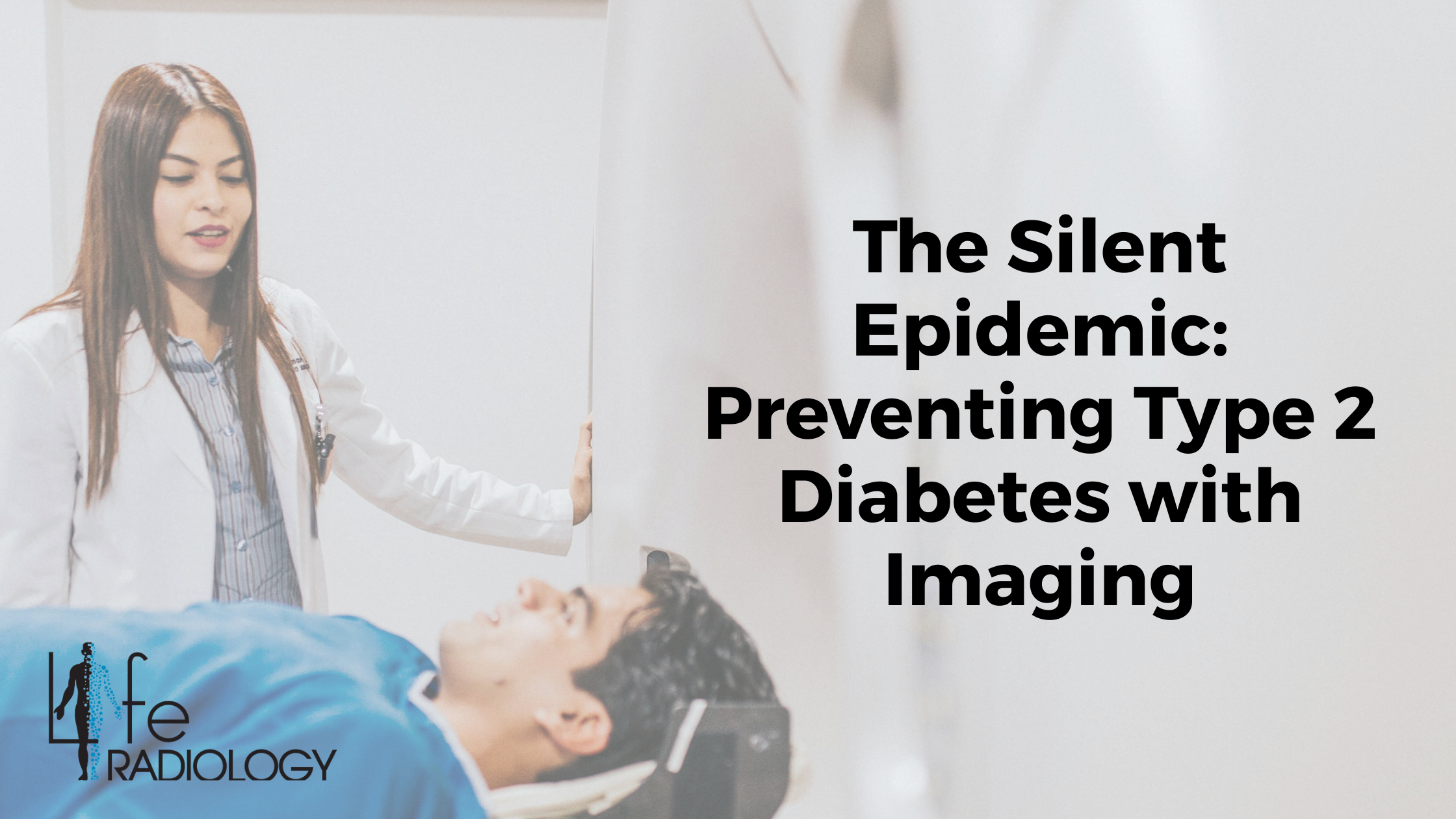A Comprehensive Guide to Mammograms
Welcome to our comprehensive guide on mammograms—an essential tool for maintaining breast health. Mammograms are pivotal in early detection of breast abnormalities, including cancer, and are a crucial aspect of women's routine healthcare.
In this article, we'll walk you through the mammogram process, detailing what to expect, its significance, and how to prepare. Understanding this procedure empowers you to take control of your health and make informed decisions. Let's delve into the world of mammography together.
Understanding Mammograms
A mammogram is a specialized X-ray for assessing breast tissue. It captures detailed images to detect abnormalities like lumps, calcifications, or changes signaling potential health issues, notably breast cancer.
Screening Mammograms: These routine X-rays are for asymptomatic women, aiming to detect breast cancer early. Images of both breasts from different angles identify abnormalities or signs of cancer.
Diagnostic Mammograms: Comprehensive tests for specific breast concerns or symptoms. More detailed than screenings, they involve additional views. Used when a screening shows issues or when changes (e.g., lumps, pain) need further evaluation.
Within these categories, there are further distinctions:
3D Mammography (Tomosynthesis): Uses multiple images from various angles, creating a 3D picture. It enhances clarity, reduces tissue overlap, and improves abnormality detection, especially in dense breast tissue.
Contrast-enhanced Mammography: Involves injecting a contrast material intravenously to highlight specific breast areas, aiding in diagnostic evaluations.
Both 3D mammography and contrast-enhanced mammography represent significant advancements in breast imaging technology, offering improved capabilities in detecting abnormalities and enhancing the accuracy of breast cancer diagnosis.
These specialized techniques contribute to a more thorough evaluation of breast health, assisting healthcare providers in offering better-informed recommendations and tailored treatment plans for patients.
The Procedure
You'll be positioned in front of the mammography machine, undressing above the waist and wearing a gown. Each breast is carefully positioned on a plate and gently compressed for clear images. Though discomfort might occur due to compression, it's essential for high-quality images.
The machine takes X-ray pictures from different angles. You might need to change positions and briefly hold your breath. The process is repeated for the other breast, ensuring a thorough examination.
Significance of Mammograms
Early detection is crucial for successful breast cancer treatment. Mammograms find issues long before self-examination can, improving treatment success and overall prognosis. Regular screenings are potentially lifesaving.
Initiating Mammograms for Breast Health Screening
Guidelines vary, but generally, women aged 35 to 50 should consider regular screening mammograms. Specific recommendations depend on health organizations and individual risk factors.
Preparing for Your Mammogram
For accurate results, avoid using substances like deodorants or lotions on your breasts or underarms on the exam day. Comfortable clothing can help ease the procedure.
Important Information
Frequency of Screening: The frequency of mammograms may vary based on individual risk factors and health provider recommendations. Some may suggest yearly screenings while others recommend them every two years.
Follow-up Procedures: If an abnormality is found, further tests like ultrasounds or biopsies may be necessary for diagnosis. It's essential to follow up with your healthcare provider for appropriate next steps.
Conclusion
Mammograms are fundamental for women's preventive healthcare. They enable early detection, facilitating timely intervention. While discomfort might occur, the benefits of early detection outweigh it.
Prioritize regular mammograms in consultation with your healthcare provider. By understanding, preparing, and participating in screenings, you actively maintain breast health. Remember, knowledge empowers—mammograms are crucial in ensuring your well-being and peace of mind.






